5 trends in indie game design for 2015
These emerging industry trends mean designing your own games is easier than ever.
There really doesn't seem to be a better time to get into game development. The world is demanding more content to fill new channels, and video games are no different.
In this article, we look at the latest trends in indie game development and how they are making it easier than ever to break into this exciting industry. For more on the year ahead, see our roundup of 2015's hottest design tools.
01. New tools mean you don't need a full team
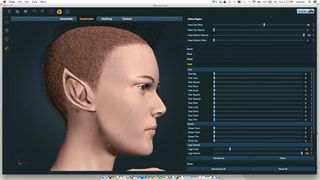
With Modo Steam Edition, Maya LT and Blender, not to mention Unity's recent release for PlayStation 4, making your game has never been easier.
One of those developers is Mixamo, whose Fuse software has recently been updated to enable users to customise imported content, opening up creative possibilities to hobbyists and modders, as well as game developers.
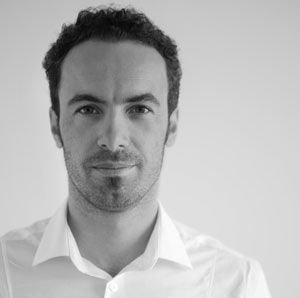
"The CG industry is seeing a tremendous change towards independent artists and studios," identifies Mixamo's CEO and co-founder Stefano Corazza. "Mixamo is developing Fuse to solve the problem of needing high-quality character assets without hiring a full team to produce the models. So our software needs to be easy enough to use so that these smaller, lighter teams can prototype something quicker and with a much smaller budget. Fuse is shortening the path between idea and game-ready asset."
02. Distribution is becoming more democratic
As the tools become more democratised, access to the market is also easier. "We see Steam as the place for potential and future indie game artists and developers to get exposure to a large audience, Corazza continues.
"The fact that these communities can also access software and assets directly inside the Steam marketplace does help more people to get started. We see a lot of users on Steam starting by modding their favourite game and then moving into full game development later on. Something that we definitely encourage with Fuse and our other services," explains Stefano.
Get the Creative Bloq Newsletter
Daily design news, reviews, how-tos and more, as picked by the editors.
03. Devs are developing their own software
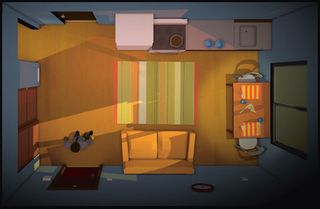
With tools and access becoming easier to use and gain, the real challenge is that everyone else has access too – there are no barriers to entering game development, so the pressure now comes from the ability to be more creative. You will need to deliver a visually stunning game because that's what the market demands.
One goal should be to invest in unique R&D; developing your own tools around those everyone else has access too will in turn result in some astonishing results.
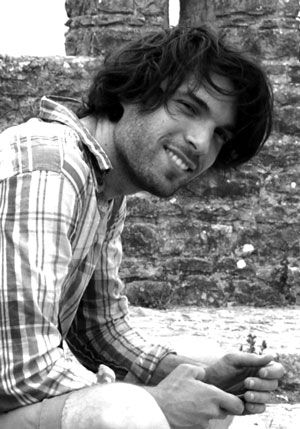
One artist doing just this is Luis Antonio. A seasoned video game art director at Ubisoft, Luis left to develop the art style of The Witness, but in turn caught the creative bug that self-developed projects afford and began work on his own game, Twelve Minutes.
"For my project I already had a specific game in mind, several design documents and, since I'm an artist, concept art and 3D renders of what I wanted it to look like. This allowed me to ask the right questions and learn only what I needed to get my game done," explains Luis.
"I've been working on this idea for over five years and tried to partner with different programmers to make it happen. Only when I finally met Jonathan Blow and he told me, 'If you really want to do your own game you need to learn how to program,' did I understand what I had to do," says Luis.
He started to learn how to program a year ago and now has a fully working prototype with over three hours of gameplay. "My goal is to get some solid feedback to improve it and once it's good enough I'll try to find a way to work on it full time."
04. Working with friends is becoming more common
If going it alone instils fear, then take note of the increasing trend among indie game developers to find like-minded friends and artists to share the stress. Take the friends who set up BetaDwarf as a student project that soon took off...

"When BetaDwarf started out, we didn't have any monet so we moved into an unused university classroom during the summer vacation. But one morning after seven months a teacher randomly went into the room and discovered eight guys in underwear brushing their teeth in front of a ton of hardware,” laughs 3D environment artist Klaes Simonsen.
"We were thrown out and had no home, resulting in us rapidly Googling the cheapest place to live in Denmark. Consequently a few weeks later we collectively paid the rent of a very cheap but massive house in the middle of nowhere.
It was like a dream come true. We were 15 geeks working in our own house on a cool game. Of course, it did complicate our 'Bringing the girl home from a bar' moments in that period, but still we enjoyed it!"
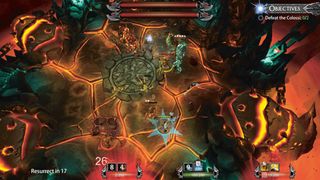
BetaDwarf's first game, Forced, has sold over 100,000 copies on iOS ensuring the group can develop new projects.
The advantage of current tools and CG packages means almost anyone can try their hand at game development, and as you're doing it outside of the mainstream structures these groups are finding new pipelines to work within. Work is produced globally as new team members flock and production is shared and ideas developed ad hoc.
05. Ideas matter more than titles
"Even though we have official titles, like CEO and lead programmer, in reality we really don't work from a strict hierarchy. We believe in letting the better argument decide, not the title," says Klaes.
"Of course this mindset opens up to a lot more discussions and even arguing, but over time the team sort of streamline their ideas, find compromises and start anticipating their co-workers point of view. After a while you start to understand that other people sometimes have a point and you start to let your guard down and work together instead of against each other."
This way of thinking is what drives this new world of indie development, and it permeates through to the software developers: "In the past, it was mostly big budget productions that got to see the light of day. At Mixamo, we believe there are more stories out there than just what highly specialised teams can produce," says Stefano.
"We created a new generation of tools and services to help the CG community get those stories out there with high-quality and highly customised models and content." So now that you have the tools, the question becomes not, 'Should I tell a story?' But, 'What story do I want to tell?'
Get Unity free here or try out these tools.
This article originally appeared in 3D World issue 185.
Like this? Read these!
- The best 3D movies coming in 2014
- Discover what's next for Augmented Reality
- How to build an app: try these great tutorials

Thank you for reading 5 articles this month* Join now for unlimited access
Enjoy your first month for just £1 / $1 / €1
*Read 5 free articles per month without a subscription

Join now for unlimited access
Try first month for just £1 / $1 / €1
The Creative Bloq team is made up of a group of design fans, and has changed and evolved since Creative Bloq began back in 2012. The current website team consists of eight full-time members of staff: Editor Georgia Coggan, Deputy Editor Rosie Hilder, Ecommerce Editor Beren Neale, Senior News Editor Daniel Piper, Editor, Digital Art and 3D Ian Dean, Tech Reviews Editor Erlingur Einarsson and Ecommerce Writer Beth Nicholls and Staff Writer Natalie Fear, as well as a roster of freelancers from around the world. The 3D World and ImagineFX magazine teams also pitch in, ensuring that content from 3D World and ImagineFX is represented on Creative Bloq.
